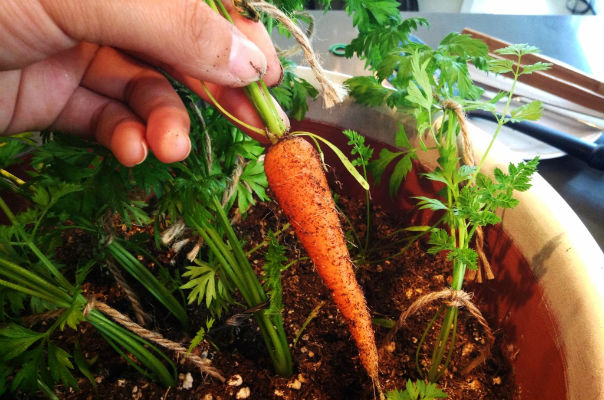 Asparagus Fern
Asparagus Fern
The asparagus fern (also called emerald feather, emerald fern, sprengeri fern, plumosa fern or lace fern) is toxic to dogs and cats. The toxic agent in the plant is sapogenin — a steroid found in a variety of plants. If a dog or cat ingests the berries of this plant, vomiting, diarrhea and/or abdominal pain can occur. Allergic dermatitis (skin inflammation) can occur if an animal is repeatedly exposed.
 Corn Plant
Corn Plant
Corn plant (also known as cornstalk plant, dracaena, dragon tree or ribbon plant) is toxic to dogs and cats. Saponin is the offensive chemical compound in this plant. If the plant is ingested, vomiting (with or without blood), appetite loss, depression and/or increased salivation can occur. Affected cats may also have dilated pupils.
 Dieffenbachia
Dieffenbachia
Dieffenbachia (commonly known as dumb cane, tropic snow or exotica) is toxic to dogs and cats. Dieffenbachia contains a chemical that is a poisonous deterrent to animals. If the plant is ingested, oral irritation can occur, especially on the tongue and lips. This irritation can lead to increased salivation, difficulty swallowing and vomiting.
 Elephant Ear
Elephant Ear
Elephant ear (also known as caladium, taro, pai, ape, cape, via, via sori or malanga) contains a chemical similar to that in dieffenbachia, so an animal’s toxic reaction to elephant ear is similar: oral irritation, increased salivation, difficulty swallowing and vomiting.
 Lilies
Lilies
Many plants of the lily family are toxic to cats, and some are toxic to dogs. Cats are the only animals in which the Easter and stargazer lilies are known to be toxic. Generally, a cat’s first reaction to this plant includes vomiting, lethargy and lack of appetite, but kidney failure and even death can quickly follow if a cat is untreated. The peace lily (also known as Mauna Loa) is toxic to both dogs and cats. Ingestion of the peace lily or calla lily can cause irritation of the tongue and lips, increased salivation, difficulty swallowing and vomiting.
 Cyclamen
Cyclamen
Cyclamen (also known as sowbread) is a pretty, flowering plant that is toxic to dogs and cats. If ingested, this plant can cause increased salivation, vomiting and diarrhea. If an animal ingests a large amount of the plant’s tubers — which are found at the root, generally below the soil — heart rhythm abnormalities, seizures and even death can occur.
 Heartleaf Philodendron
Heartleaf Philodendron
Heartleaf philodendron (also known as horsehead philodendron, cordatum, fiddle leaf, panda plant, split-leaf philodendron, fruit salad plant, red emerald, red princess or saddle leaf) is a common, easy-to-grow houseplant that is toxic to dogs and cats. This philodendron contains a chemical that can irritate the mouth, tongue and lips of animals. An affected pet may also experience increased salivation, vomiting and difficulty swallowing.
 Jade Plant
Jade Plant
Jade plant (also known as baby jade, dwarf rubber plant, jade tree, Chinese rubber plant, Japanese rubber plant or friendship tree) is toxic to both cats and dogs. The toxic property in this plant is unknown, but ingestion can cause vomiting, depression, ataxia (incoordination) and bradycardia (slow heart rate; this is rare).
 Aloe Plant
Aloe Plant
Aloe plant (also known as medicine plant or Barbados aloe) is a common succulent that is toxic to dogs and cats. Aloin is the toxic agent in this plant. The bitter yellow substance is found in most aloe species and may cause vomiting and/or reddish urine.
 Satin Pothos
Satin Pothos
Satin pothos (also known as silk pothos) is toxic to dogs and cats. If ingested by a cat or dog, the plant may irritate the mouth, lips and tongue. The pet may also experience increased salivation, vomiting and/or difficulty swallowing



 Q: What does FULL PACKING mean?
Q: What does FULL PACKING mean?

 Asparagus Fern
Asparagus Fern Corn Plant
Corn Plant Dieffenbachia
Dieffenbachia Elephant Ear
Elephant Ear Lilies
Lilies Cyclamen
Cyclamen Heartleaf Philodendron
Heartleaf Philodendron Jade Plant
Jade Plant Aloe Plant
Aloe Plant Satin Pothos
Satin Pothos